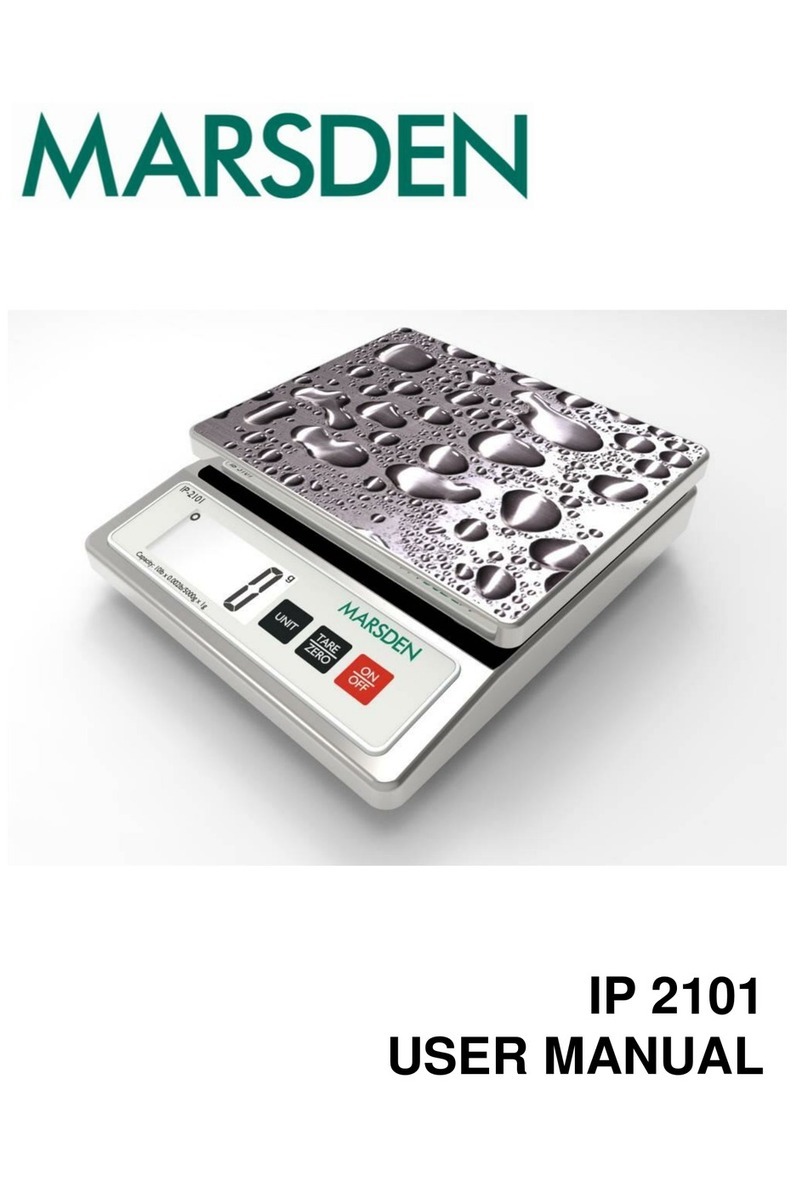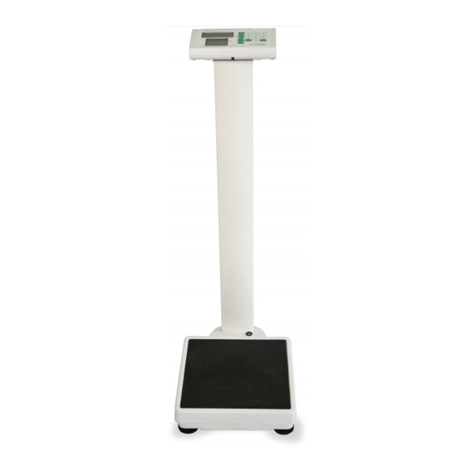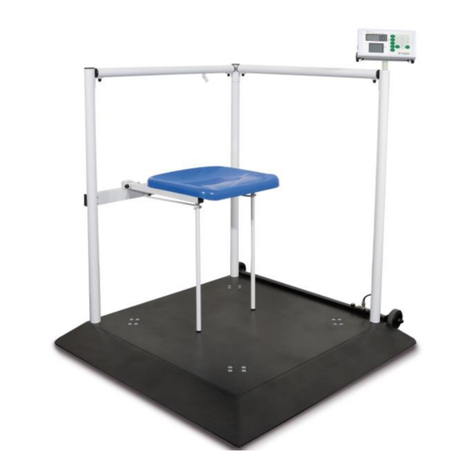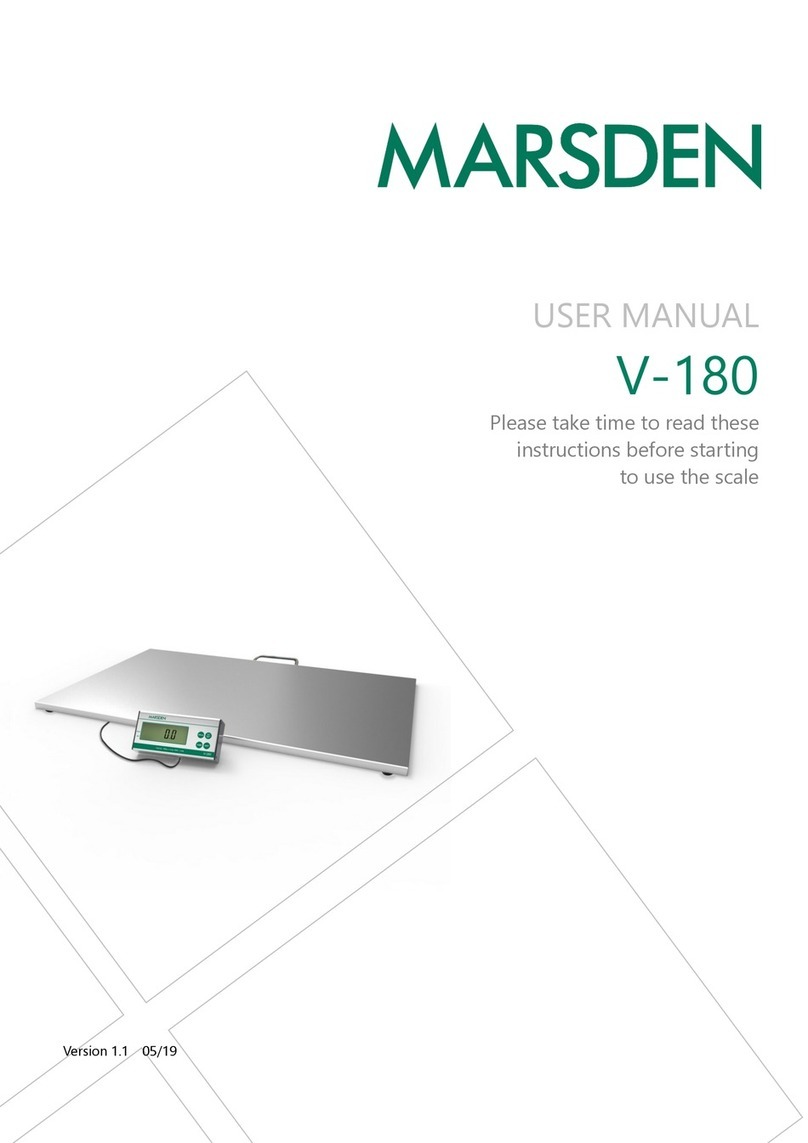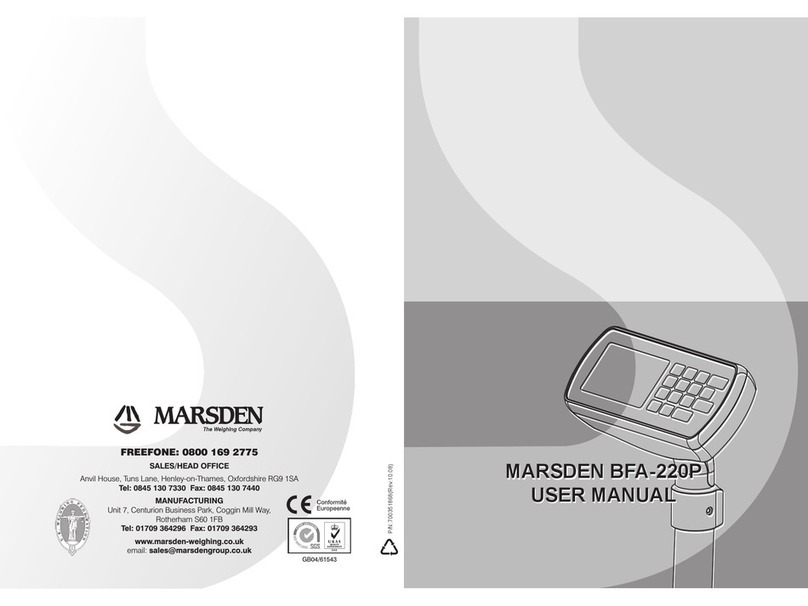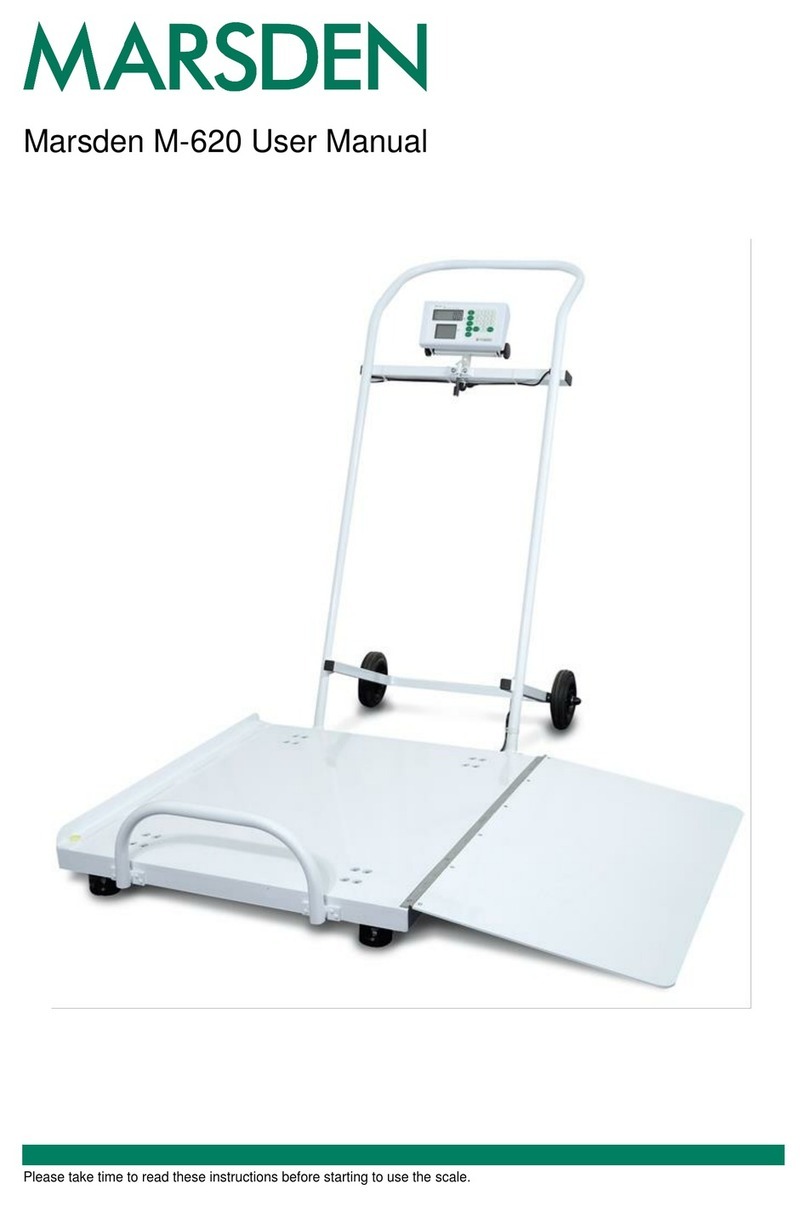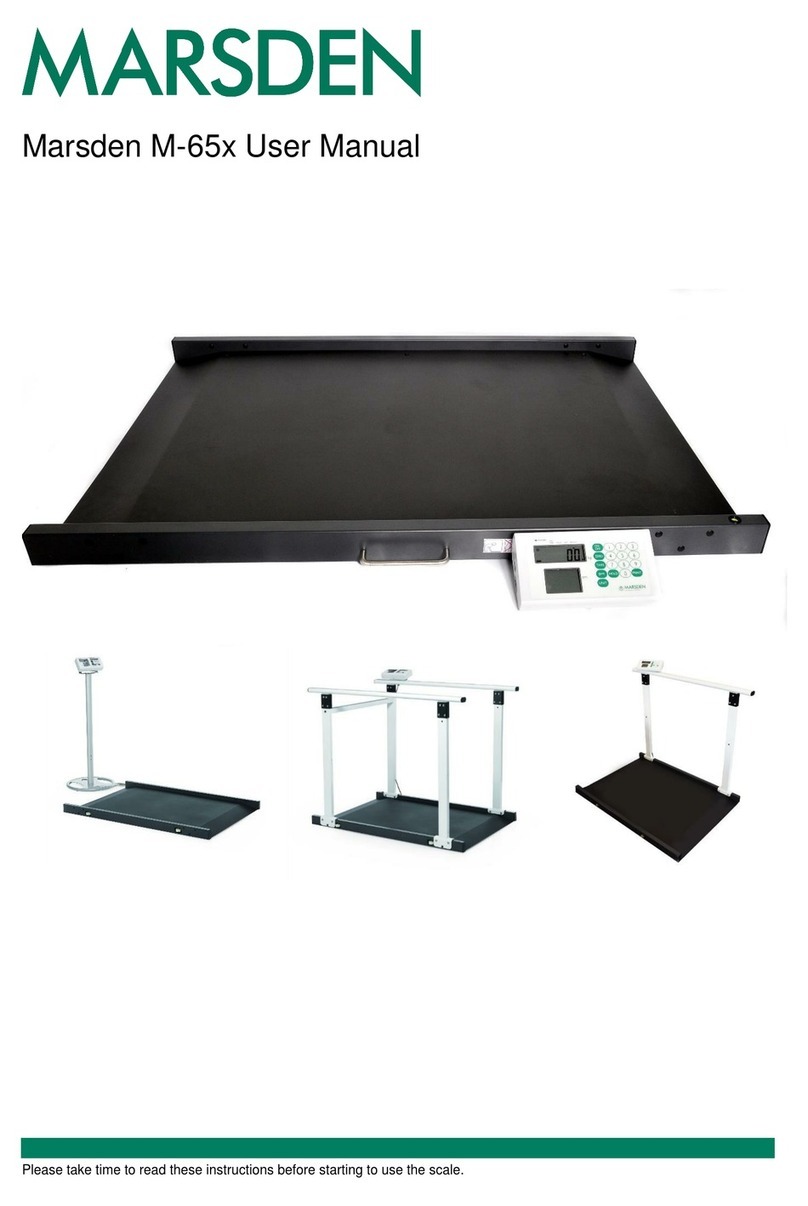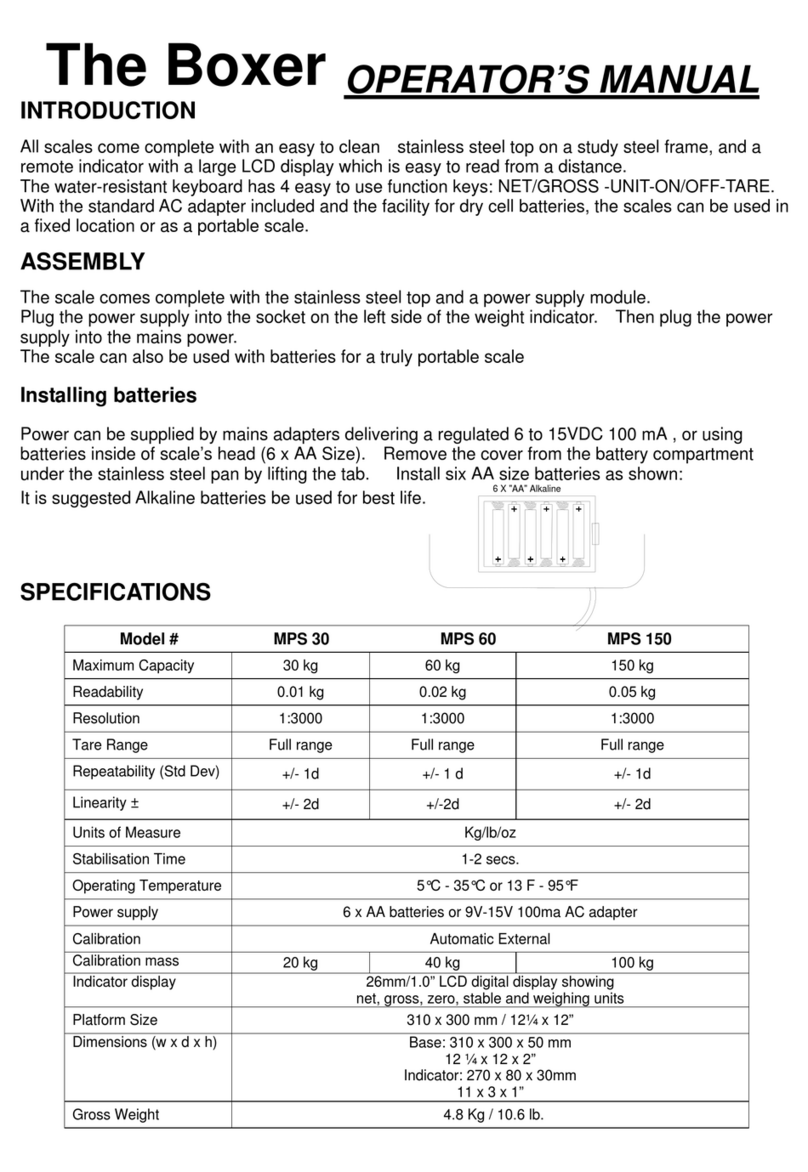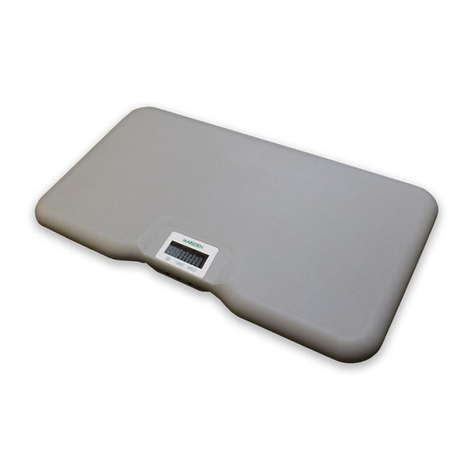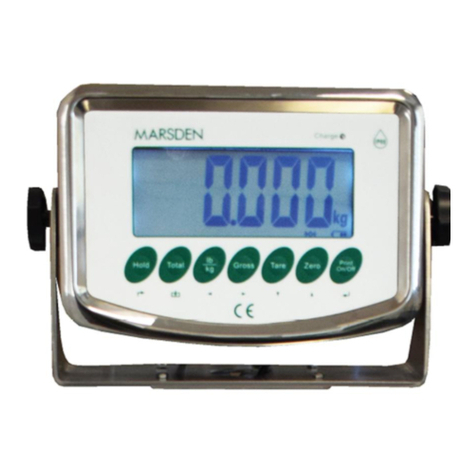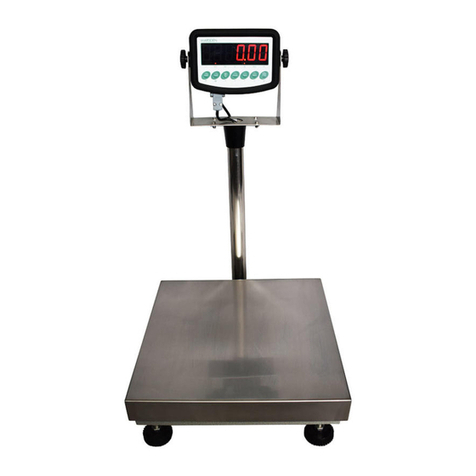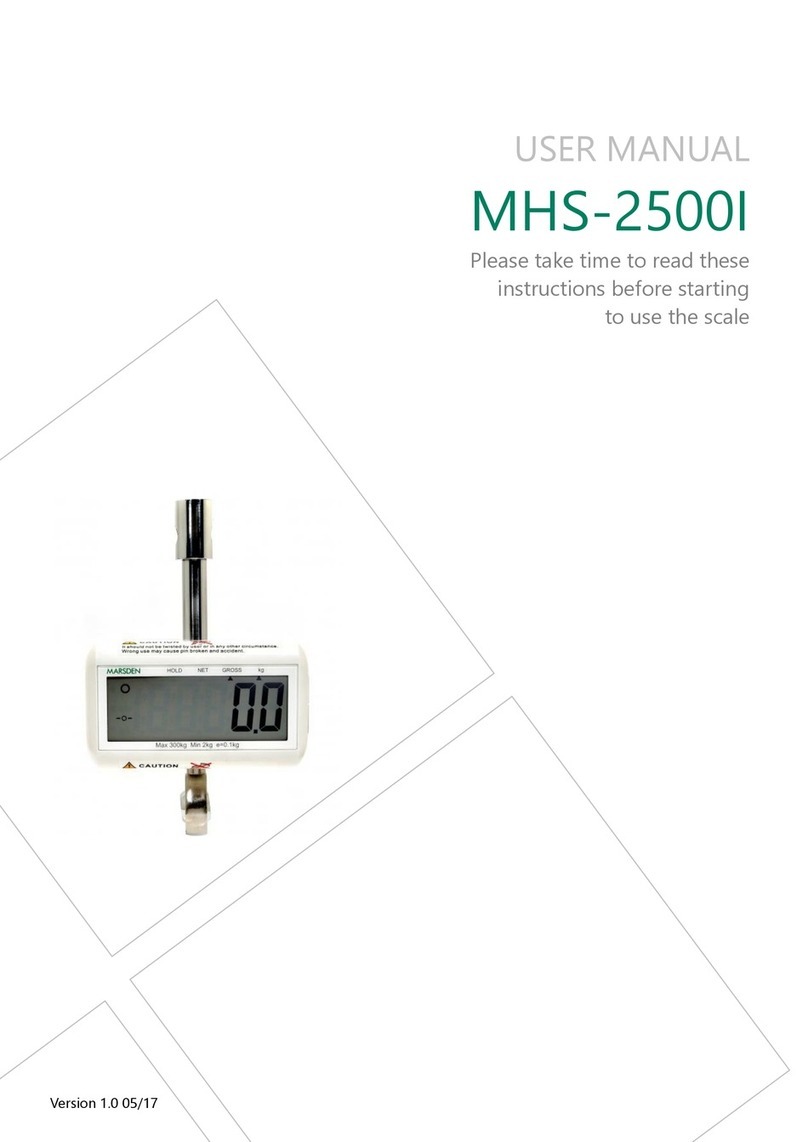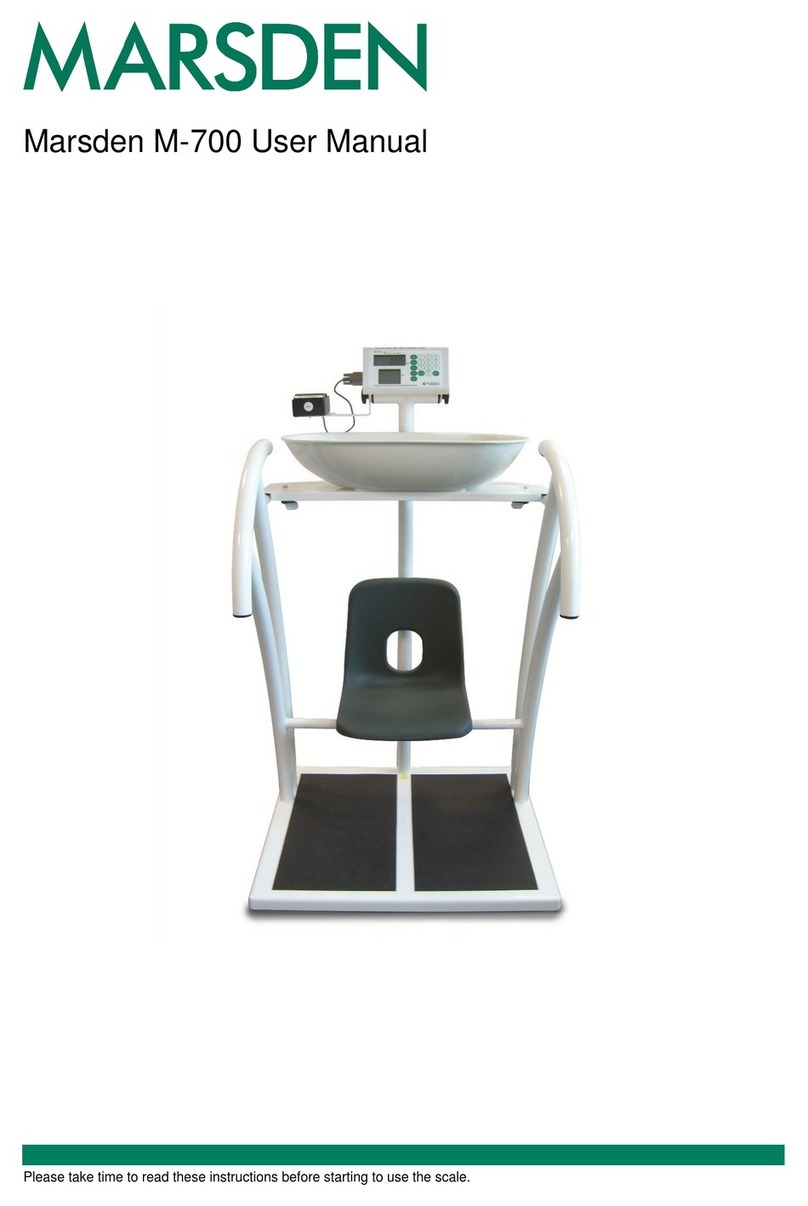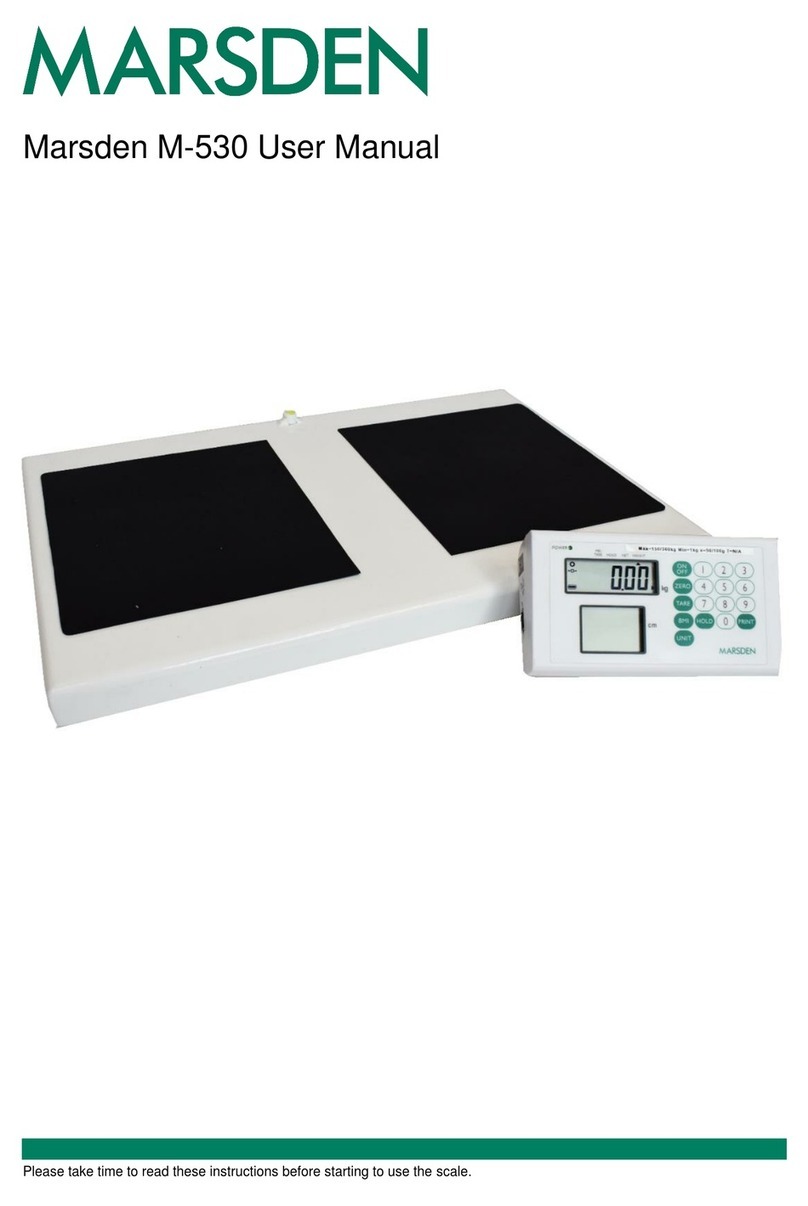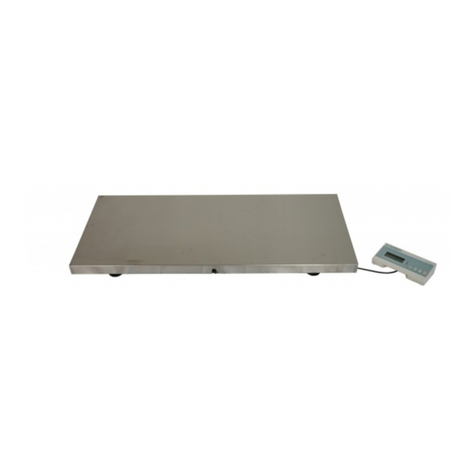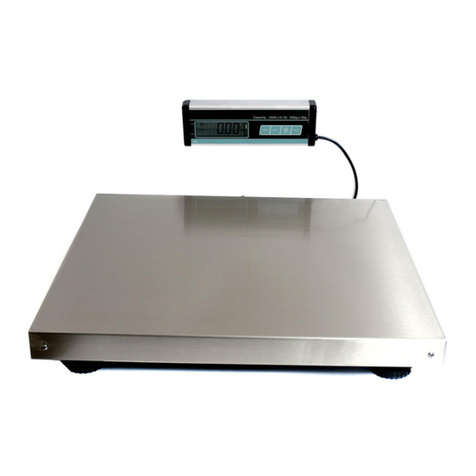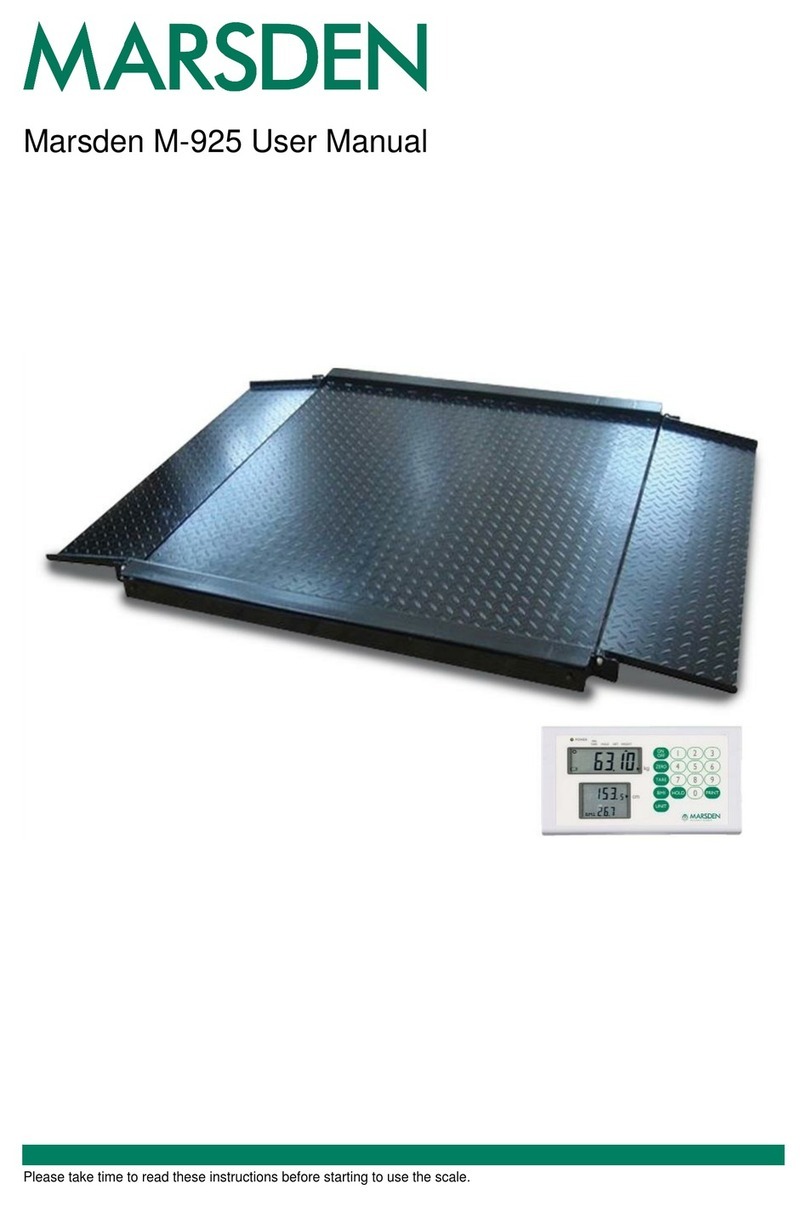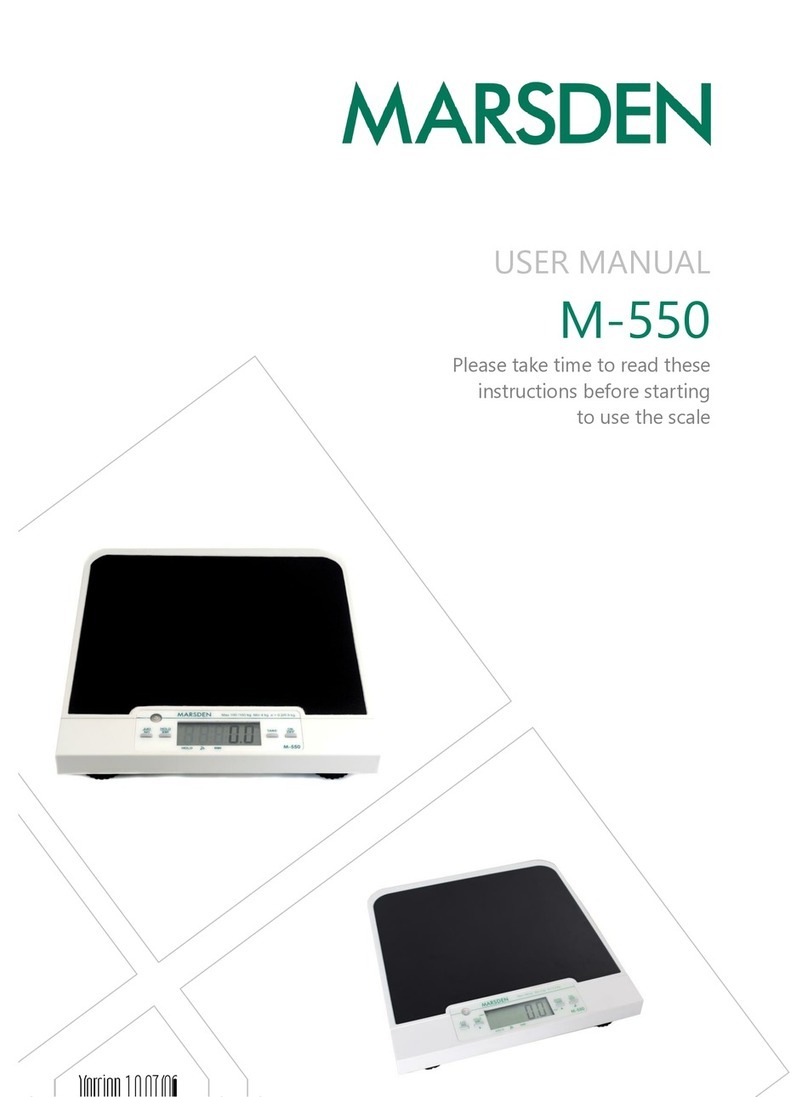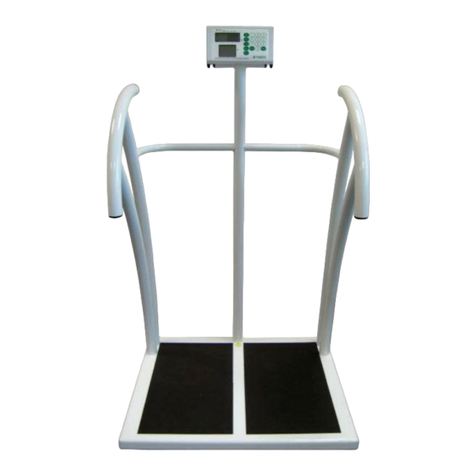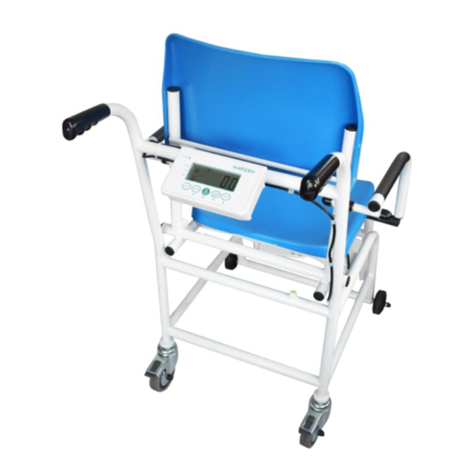Page 3 of 18
Safety Instructions
Before putting the device into use, please read with care the information given in this user manual, which contains important instructions
for proper installation, use and maintenance of the device.
Marsden/the manufacturer shall not be liable for damages arising from failure to heed the following instructions:
•When using electrical components under increased safety requirements, always comply with appropriate regulations.
•Inappropriate installation/use will render the warranty null and void.
•Ensure the voltage marked on the power supply unit matches your mains supply.
•This device is designed for use indoors.
•Observe the permissible ambient temperatures for use.
•The device meets the requirements for electromagnetic capability. Do not exceed the maximum values specified in the applicable
standards.
•Batteries should be kept away from small children. If swallowed, promptly seek medical assistance.
If you have any problems, contact Marsden/your local dealer/your service partner.
Cleaning
•We recommend using alcohol-based wipes or similar when cleaning the scale.
•Please do not use corrosive liquids, large amounts of water or high-pressure washers.
•Always disconnect the scale from the mains power supply before cleaning.
Maintenance
•The scale does not require any routine maintenance. However, we recommend checking the scale’s accuracy at regular intervals.
If any inaccuracies occur, please contact your local dealer or service partner.
Disposing of the Scale
•This product should not be treated as regular household waste, but should be handed in to an electrical/electronic equipment
recycling centre.
•You can obtain further details from your local council, your municipal waste disposal company or from where you purchased the
product.
Intended Use
•This scale is intended for use to determine the weight of patients, supported by professional personnel and in rooms intended for
carrying out healthcare. The weighing value can be read after a stable weighing value has been obtained. Before use, the scale
must be checked by an authorised person to ensure it's in a suitable condition.
•Device is intended to measure one subject at a time.
